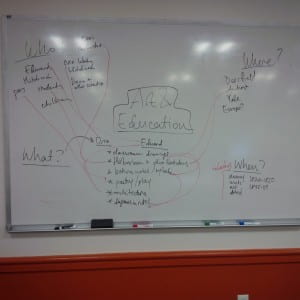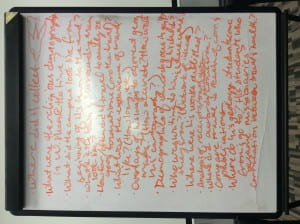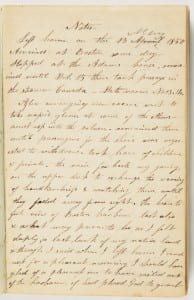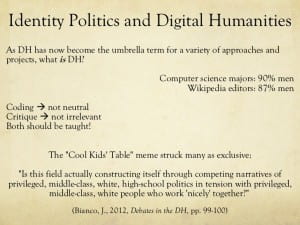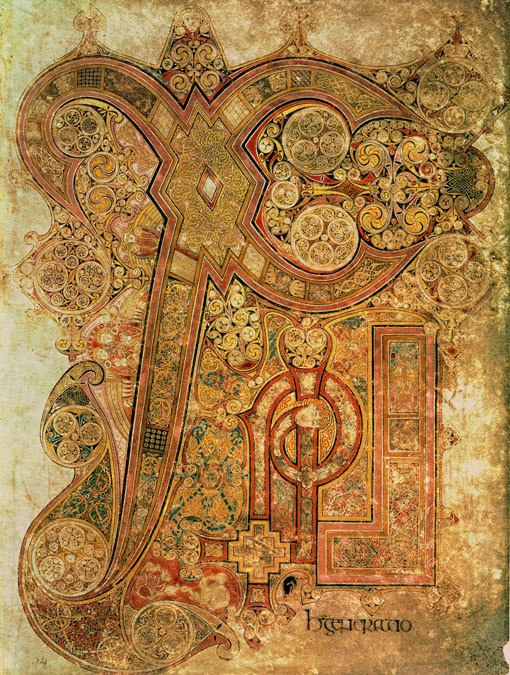Despite all the Digital Humanities concepts, ideas and jargon thrown at us within our first 48 hours of internship, one question dominated my mind this morning.
“What the heck is a ‘Jamake’?”
I’d encountered the term while reading the Kidder, a 1912 humor zine that was quite sophomoric for the time (although I’d argue that all publications in a college should be at the very least 25% sophomoric, if only for proper class-year representation.) The student editor, one Frederick Barton, had sent a draft to esteemed writer and troublemaker Elbert Hubbard. Hubbard, impressed with the rebellious display, wrote a kind letter in response. The editors would run Hubbard’s approval in the same issue, a trophy of witty delinquency.
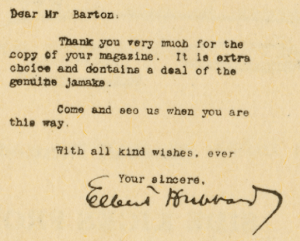
Remember the good ol' days when world renowned authors invited you to sip lemonade on their porch because of your college magazine? I'm still waiting to hear back, Margaret Atwood.
Reading his kind regards, I was left wondering what quality “jamake” could describe. Google searches turned up nothing. I texted my grandma at lunch and she never responded (crossing finger she didn’t pass away but too right now too call). Not until later did I realize the truth.
Jamake is plural.
The singular is “Jamoke,” a slang term from the late 19th century to describe a fool. The phrase arose from Irish American slang, particularly those working in shipping ports. It’s a combination of java and mocha, new words in America that had yet to be made cliche by Starbucks. To call someone a jamoke, apparently, is to say they no greater mind than that of a cup of coffee. It would rise to prominence in the trenches as slang for an army men, and like Tang, classic rock and the US presidency, would pick-up a less savory definition in the 70s.
Questions like these make me excited to spend real time looking at Amherst’s publications (unfortunately it’s not quite as easy to appreciate that old, mildewy book smell when you’ve gone digital.) I’ve written for a good number of our papers and magazines, but one thing I’ve found lacking is a sense of community and history within them. Students email their drafts, never step a foot in the office and don’t even know each others names. If it weren’t for the icons attached to their gmail address, I wouldn’t even know my editor’s faces.
My guess is that it’s hard to talk about legendary writers for The Student because it boasts such a massive, unwieldy history. Publication controversies, successes and tragedies come and go, but aren’t well recorded because they are ultimately covered up with the slog of boring candid sports photos and fluff news pieces. If an American icon were to contact a publication I wrote for, it probably wouldn’t even trickle down to my level. It seems a little ironic how the gatekeepers of Amherst’s daily history, have almost no knowledge of their own past. That’s all a little bit too selfless for me. Hopefully this jamoke can rectify it.


